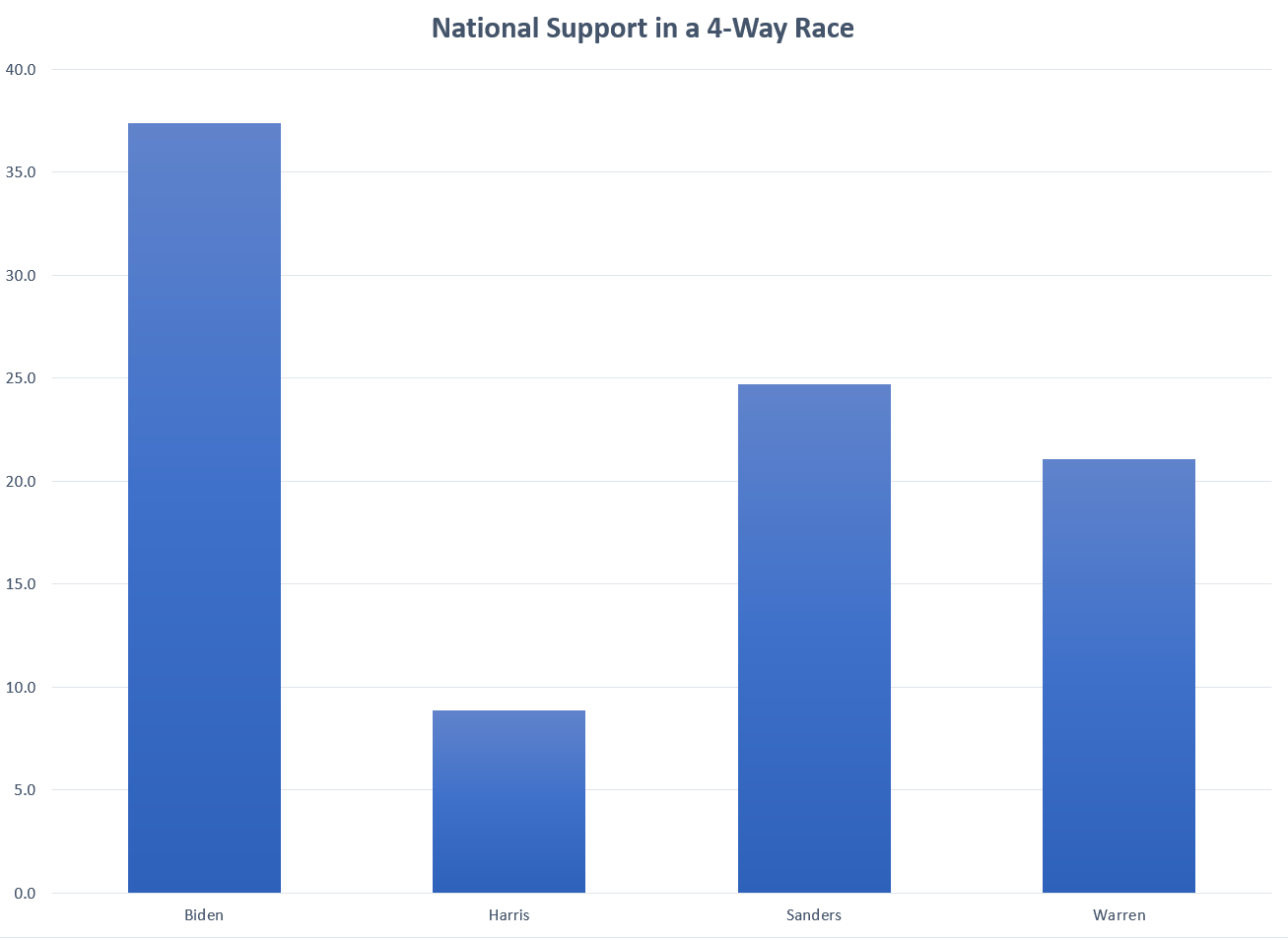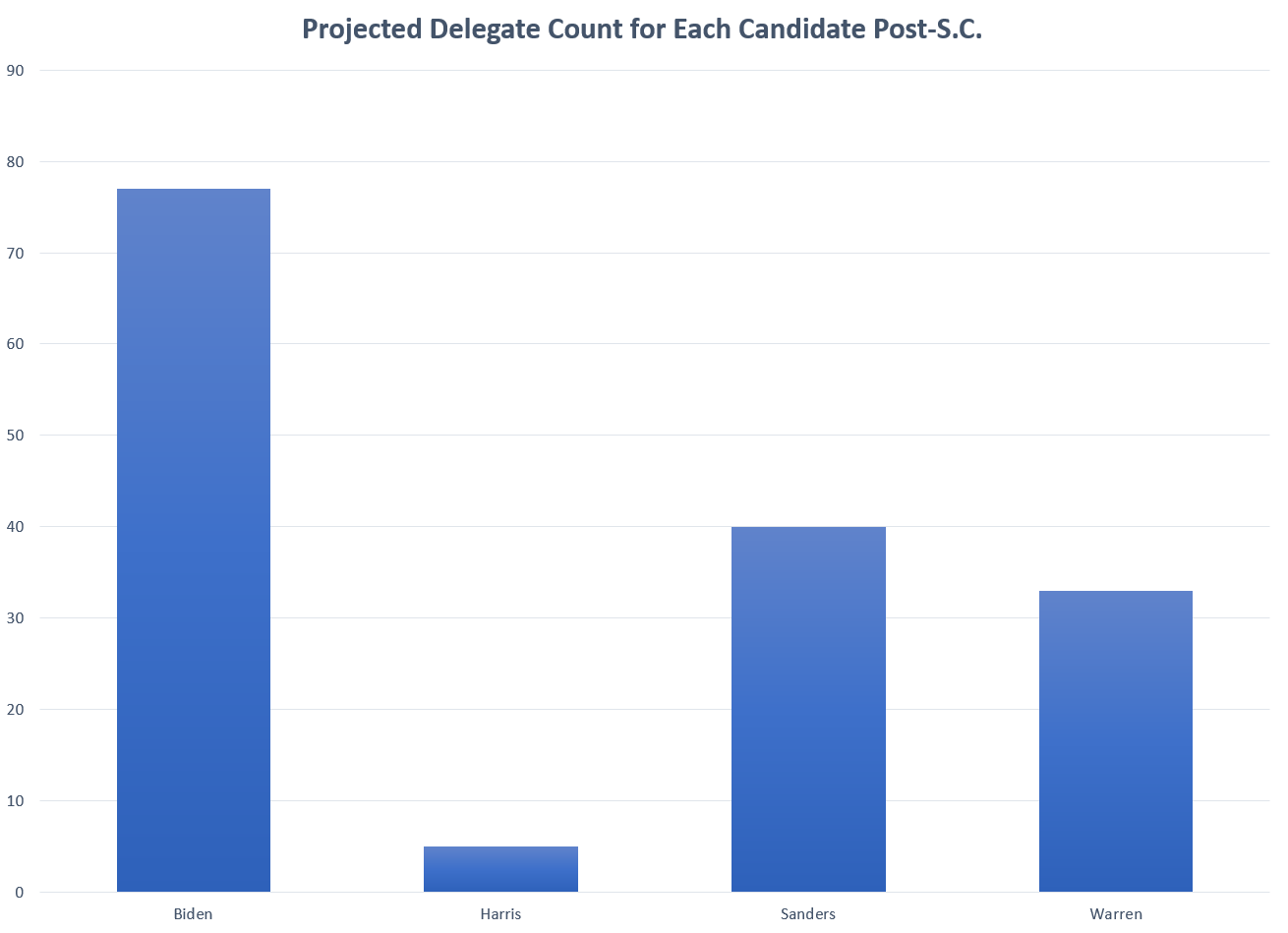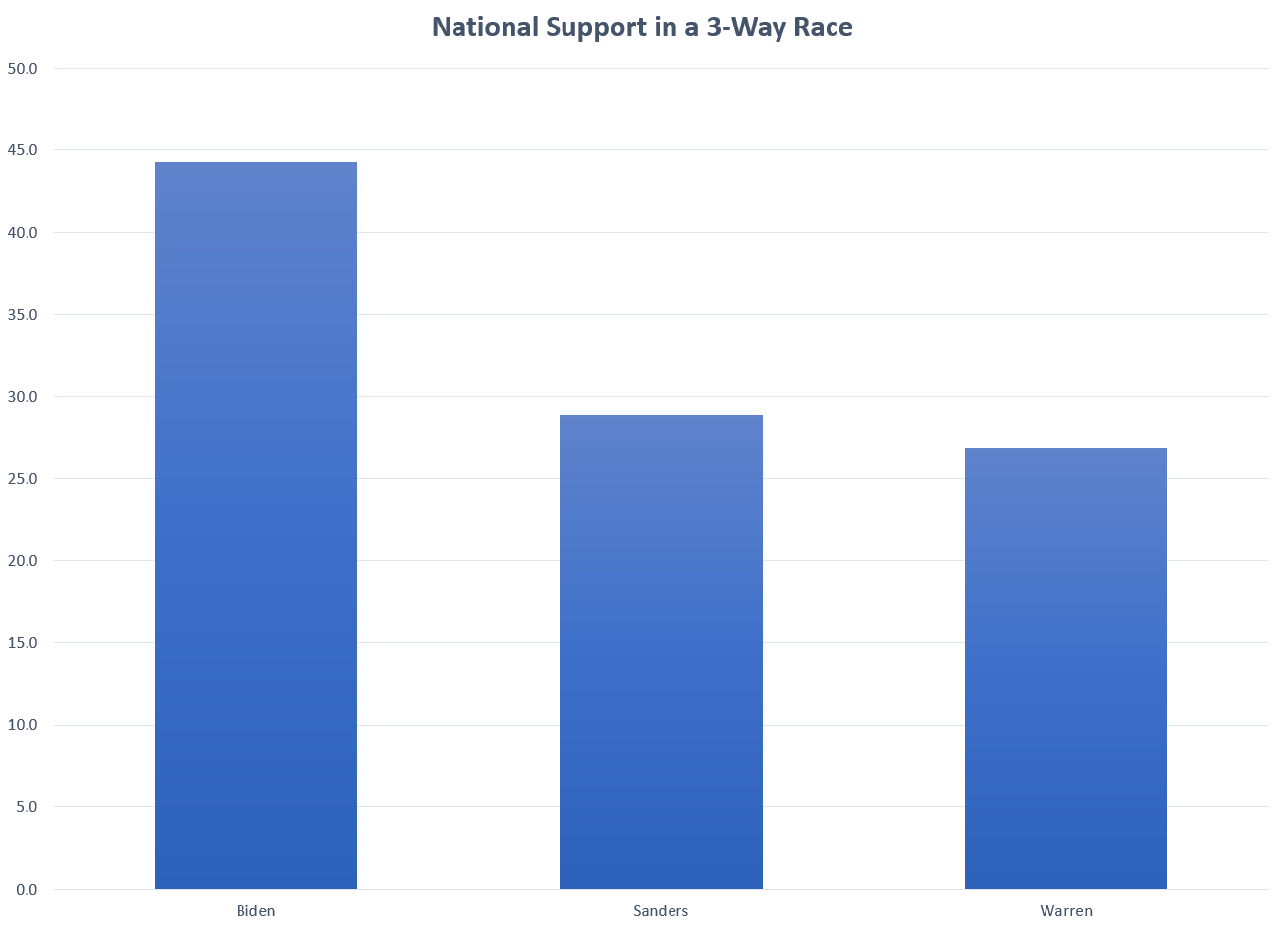The Democratic primary preseason is progressing more rapidly than most casual observers realize. As of this writing, we’re not that far off from the tipping point where the days left before the Iowa caucus (142 days away) equals the duration of the actual primaries (125 days from the Iowa caucus on February 3rd to the Virgin Islands caucus on June 6th). We’re at the point where a lot of things are going to start happening very, very quickly.
Case in point, one day before the third Democratic debate, CNBC published an article in which several of Kamala Harris’s big-money donors painted a very stark picture of just how pivotal the third debate would be:
“The expectation was really high for her. She came out so strong out of the first debate and she kind of cratered,” said one senior New York banking executive that has attended numerous Harris events. “She has to prove to people now that she’s still that alternative to Biden. She’s going to have a serious problem on her hands if she can’t do that.”
A person close to one of Harris’s bundlers was even more blunt on what donors are looking for from Harris. “Something, anything attention grabbing,” this person said, adding donors will “stay away” if she doesn’t show up.
Post-debate, it seems that the fears of her donors haven’t been soothed.
Bear in mind that Harris is currently in fourth place in national polls, and there are still 20 candidates actively campaigning. She’s in mortal danger of seeing her funders turn their backs despite there being 15 candidates currently doing worse than her.
The next couple months are going to look like a killing field, as dwindling poll numbers and empty bank accounts force candidates out of the race. We could lose a candidate every 9 days between now and the Iowa caucus, and we would have 4 candidates left to actually run. And that’s probably what the race will look like by then.
I think that, realistically speaking, we are currently looking at a four-way race between Biden, Sanders, Warren, and Harris. Buttigieg hasn’t been able to break out of fifth place in months, and while O’Rourke turned in a decent performance at the third debate, he’s probably interviewing for a VP spot at this point.
Unless something drastic happens, Democrats are going to have a former vice president and three senators to choose from. What will the race look like when all the currently undecided voters have to start making choices?
4-Way Race – How polling looks nationally and in early primary states when the field is reduced to the top 4.
Given the large number of candidates and the fact that we’re a few months out from the first primaries and caucuses, the top 4 candidates only account for about 66% of support from Democratic voters. The other 34% are split amongst the other candidates, or are still undecided. But we can get a good sense of what things would look like by taking the polling numbers for Biden, Sanders, Warren and Harris and ‘normalizing’ them—that is, making them add up to 100%.
The easiest and most accurate way to do this is to take that remaining 34% and allocating them proportionally. That means that whoever is polling the best would get the most undecided voters, and whoever is polling worst would get the least. Here’s what that would look like in the case of the top 4 Democratic candidates.

As you can see, this creates a situation where Biden is leading Sanders by nearly 15 points, while Sanders and Warren are locked in a battle for progressive voters. Harris, meanwhile, looks to be in serious trouble.
But national support is a different thing entirely than support on a state-by-state basis. Suppose we enter the Iowa caucus with only these 4 candidates. What would the results of those first 4 primary elections look like? Would Biden perhaps underperform enough for another candidate to gain traction, or would Sanders or Warren become the obvious progressive alternative to Biden? Or would Harris get a strong enough early start to regain the spotlight?
To try and answer these questions, I applied the proportional allocation described above to recent polling in Iowa, New Hampshire, Nevada and South Carolina, and then ran those numbers through my delegates projection projector to get a rough sense of how many delegates each candidate would have early on.
This is the result:

One of the first things that should be apparent is that while the ordering of the candidates in terms of support hasn’t changed, their respective strengths and weaknesses have been exaggerated. Biden has a little over 40% support nationwide when you cut the race down to 4 candidates, but he has 49.7% of the delegates from the first 4 states. There isn’t too much of a deviation between where Sanders and Warren stand in terms of raw vote support and the delegates won. But Harris gets hit terribly hard. She picks up 3 delegates in Iowa and 2 in Nevada, giving her a total of 5. Despite having 8.9% of the vote nationwide, she only picks up 3.2% of the available delegates in the first 4 races.
The above reinforces an argument that I made in a previous analysis of second-choice voting preferences: Whether most voters are aware of it or not, we are already at the tipping point where the Democratic primary shifts from being a 4-way race, to being a 3-way race. Applying voter second-choice preference data to available polling, I cannot identify a scenario (with Biden, Sanders, or Warren dropping out) where Kamala Harris is anything but a distant third place behind the other two remaining candidates. Even if Biden were to drop out, there’s little evidence that Harris would take advantage of that open moderate lane.
Thus, I think it is most likely that Harris will drop out before any of the candidates currently leading her in the polls. And if we assign her erstwhile supporters according to the preference data we have, here’s the scenario we’re left with at the national level:

That’s a nail-biter of a situation. Biden would have barely expanded his lead over Sanders, while the margin between Sanders and Warren would have become even narrower. Would Sanders or Warren be able to vault to the front if their progressive counterpart were to drop out? If Biden were forced to withdraw due to health concerns, would Sanders or Warren be able to better take advantage of the moment?
I’ll save the exploration of that question for a later date.